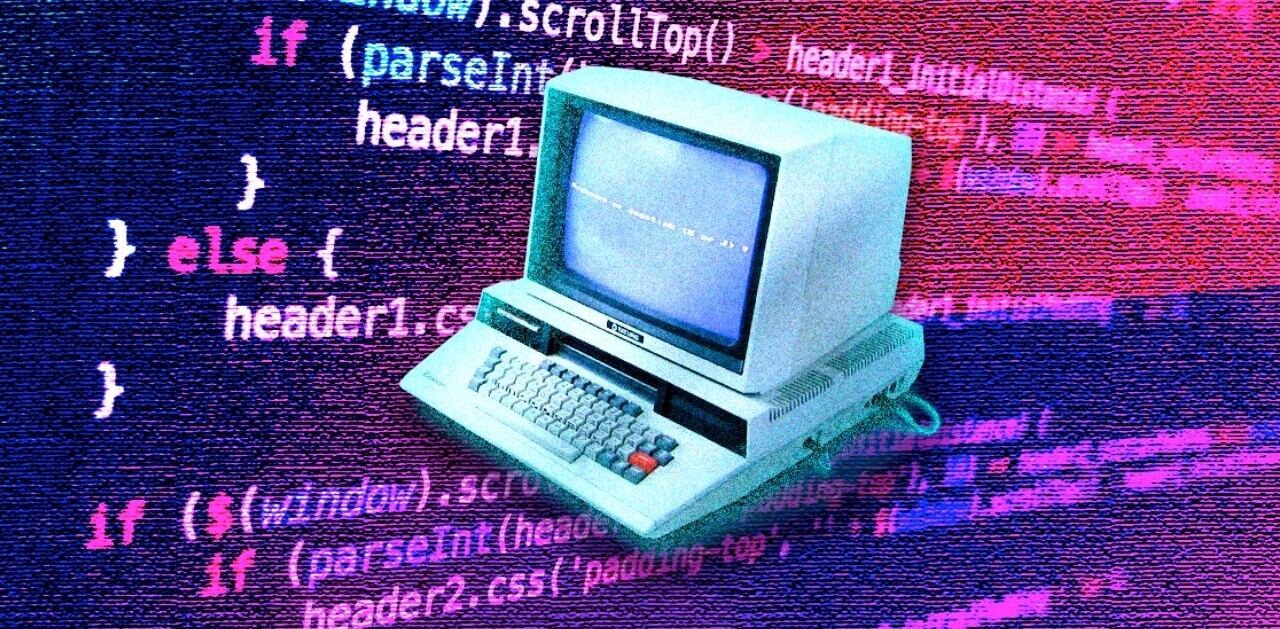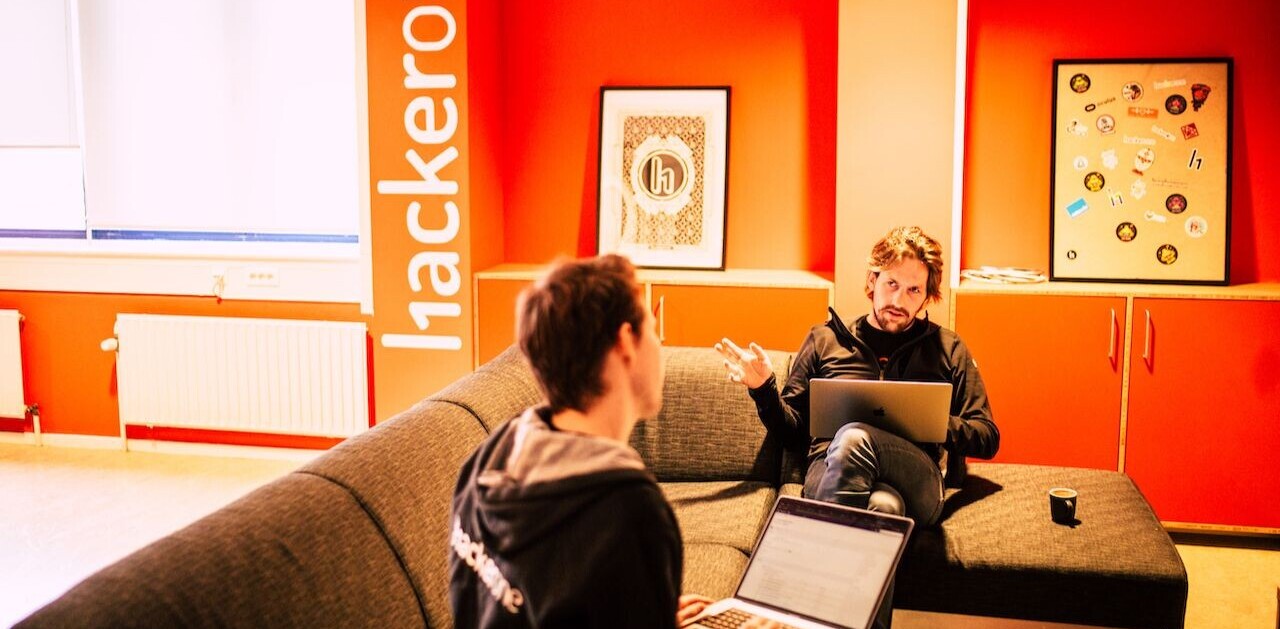
James Clear writes about using behavioral science to master your habits and improve your health. His free guide, Transform Your Habits, has been downloaded more than 80,000 times. This post originally appeared on his blog.
Paul Erdos was a strange man. He lived out of two suitcases, never learned how to cook his own meals, worked up to 19 hours per day, took amphetamines daily and washed them down with caffeine, and gave away nearly all of the money that he earned.
Erdos was also the most prolific mathematician of the 20th century. He wrote or co-authored over 1,500 mathematical articles during his career and partnered with over 500 different collaborators. As you would expect, his contributions to mathematics were significant.
Erdos solved a variety of difficult problems. He worked out a proof for the prime number theorem. He led the development of Ramsey theory. He discovered the proof for a difficult mathematical riddle known as Bertrand’s postulate. Long story short, Erdos was good. He worked his tail off and advanced the field of mathematics because of it.
And yet, do you know what became of the vast majority of his 1,500 articles and papers?
Nothing. They are long gone. Forgotten. Tucked away in the archives of an old research journal or filed into a box at the bottom of some math lover’s closet. And that is why the story of Paul Erdos is perhaps the best example of what is known as the Equal Odds Rule.
Let’s talk about what this rule means and how it can help you uncover your creative talent.
The Equal Odds Rule
In 1977, a Harvard-trained psychologist named Keith Simonton, developed a theory that he called the Equal Odds Rule.
“The Equal Odds Rule says that the average publication of any particular scientist does not have any statistically different chance of having more of an impact than any other scientist’s average publication.”
In other words, any given scientist is equally likely to create a game-changing piece of work as they are to create something average that is quickly forgotten.
Translated to the world at-large: You can’t predict your own success. Scientists, artists, inventors, writers, entrepreneurs, and workers of all types are equally likely to produce a useless project as they are to produce an important one.
If you believe the Equal Odds Rule, then the natural conclusion is that you’re playing a numbers game. Because you can’t predict your success, the best strategy is to produce as much work as possible, which will provide more opportunities to hit the bullseye and create something meaningful.*
I’ve seen the Equal Odds Rule at play in my own work each month. I write new articles every Monday and Thursday. I know that if I write a new article every Monday and Thursday, then that will be about eight or nine articles per month on average. And if I write eight or nine articles per month, then two or three of them will be decent.
Which two or three will be winners? I have no idea.
After sticking to this schedule for almost two years, it has become very clear to me that I am a rather terrible judge of my own work. All I can do is try my best each time, commit to doing a volume of work, and trust if I stick with the process then something useful will find it’s way from my hands to the keyboard.
The willingness to create garbage
Paul Erdos knew something that all great creators eventually discover: Creative genius only reveals itself after you’ve shown up enough times to get the average ideas out of the way. Time after time, problem after problem, Erdos kept working on his craft. 1,500 papers later, it turns out he had some pretty good ideas.
If you want to extract your creative genius and make a difference, then embracing idea behind the Equal Odds Rule is a useful strategy. Sometimes you’ll create something good. Sometimes you’ll create something useless. But no matter what, you should always be creating.
If you want to make a masterpiece, you have to be willing to create a little garbage along the way.
Thanks to Sebastian Marshall for originally telling me about the Equal Odds Rule and to Srini Rao for originally writing about the willingness to create garbage.
Read next: Why getting out of your comfort zone is hard (but not impossible)
*Note: Recent research has revealed that the Equal Odds Rule doesn’t quite tell the whole story. For example, research shows that deliberate practice matters and that you can improve your skills as time goes on. And as your skills improve, so do your odds of success. In other words, the odds of producing something good start to shift in your favor as your skills improve. Of course, you need to embrace the idea behind The Equal Odds Rule anyway: the only way to improve your skills through deliberate practice is to go through a volume of work. At the end of the day the Equal Odds Rule isn’t perfect, but the result is the same: practice more.
Get the TNW newsletter
Get the most important tech news in your inbox each week.




